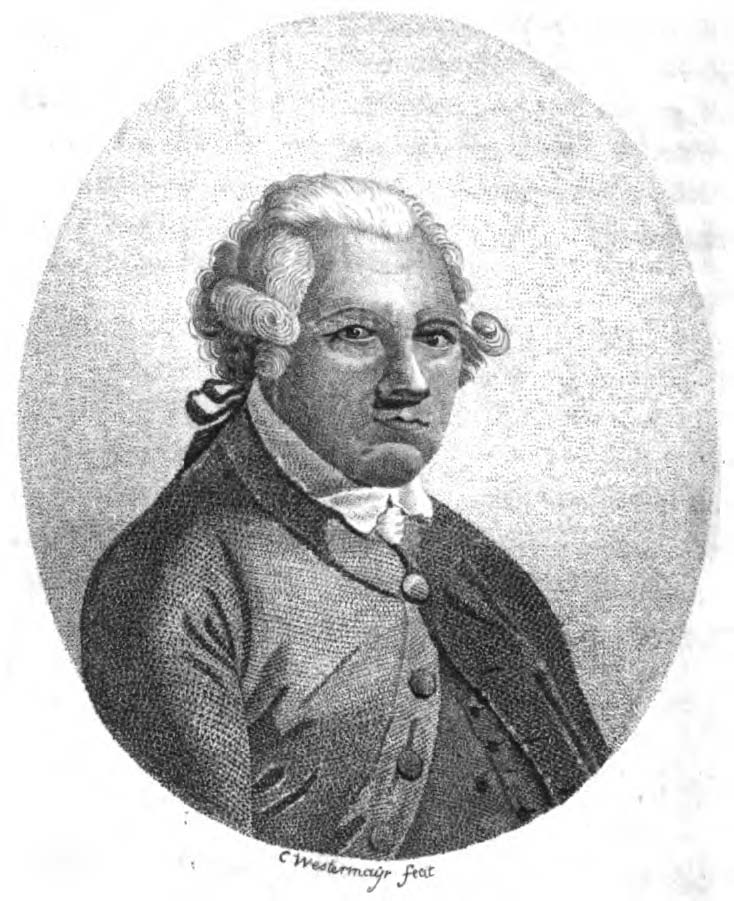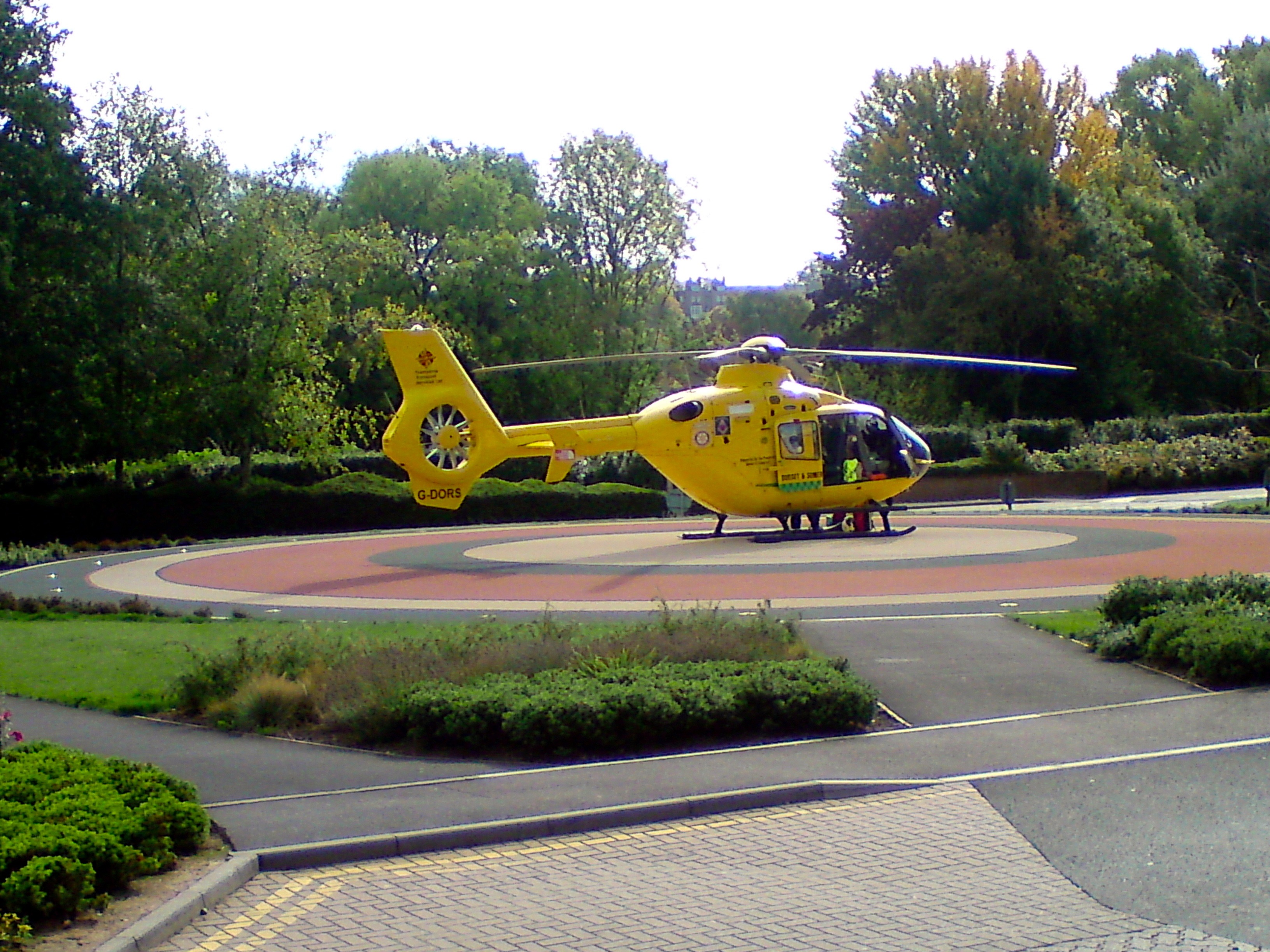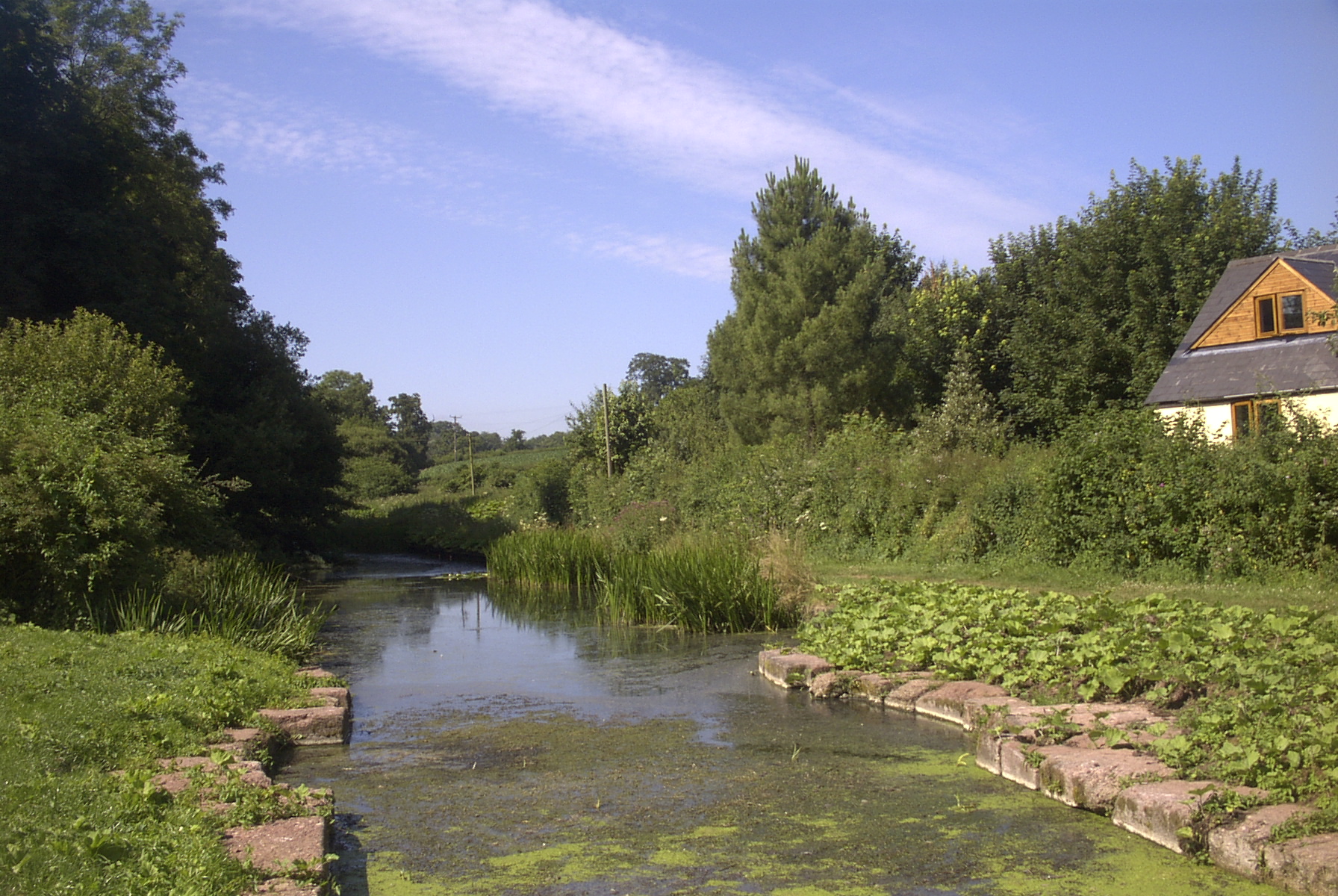|
Taunton, Somerset
Taunton () is the county town of Somerset, England. It is a market town and has a Minster (church), minster church. Its population in 2011 was 64,621. Its thousand-year history includes a 10th-century priory, monastic foundation, owned by the Bishop of Winchester, Bishops of Winchester, which was rebuilt as Taunton Castle by the Normans in the 12th century. Parts of the inner ward house were turned into the Museum of Somerset and Somerset Military Museum. For the Second Cornish uprising of 1497, Perkin Warbeck brought an army of 6,000; most surrendered to Henry VII on 4 October 1497. On 20 June 1685, the James Scott, 1st Duke of Monmouth, Duke of Monmouth crowned himself King of England in Taunton in the failed Monmouth Rebellion. Judge Jeffreys led the Bloody Assizes in the Castle's Great Hall. The Grand Western Canal reached Taunton in 1839 and the Bristol and Exeter Railway in 1842. Today it hosts Musgrove Park Hospital, Somerset County Cricket Club, is the base of 40 Comma ... [...More Info...] [...Related Items...] OR: [Wikipedia] [Google] [Baidu] |
Taunton Minster
Taunton Minster (St Mary Magdalene church) is a Church of England parish Minster (church), minster church in Taunton, Somerset, England, dedicated to Jesus' companion Mary Magdalene. It was completed in 1508 and is in the Perpendicular Gothic, Early Tudor Perpendicular Gothic style. It is designated as a Grade I listed building. It is notable for its very tall tower. History and description St Mary's church was probably established as part of the reorganisation of Taunton by Henry of Blois, Bishop of Winchester, by 1180, and has been the town church since 1308. Prior to 1308 the church was dependent on the Augustinians, Augustinian Taunton Priory. A new chapel was consecrated in 1437. It is built of sandstone and has a painted interior. Most of the statues and stained glass date from the Victorian restoration. Within the church are a variety of memorials and tablets including War Memorials for soldiers from Somerset, including the Somerset Light Infantry. The tower was built arou ... [...More Info...] [...Related Items...] OR: [Wikipedia] [Google] [Baidu] |
Perkin Warbeck
Perkin Warbeck ( – 23 November 1499) was a pretender to the English throne claiming to be Richard of Shrewsbury, Duke of York, who was the second son of Edward IV and one of the so-called "Princes in the Tower". Richard, were he alive, would have been the rightful claimant to the throne, assuming that his elder brother Edward V was dead and that he was Legitimacy (family law), legitimate—a point that had been previously contested by his uncle, King Richard III. Due to the uncertainty as to whether Richard had died (either of some natural cause or having been murdered in the Tower of London) or whether he had somehow survived, Warbeck's claim gained some support. Followers may have truly believed Warbeck was Richard or may have supported him simply because of their desire to overthrow the reigning king, Henry VII of England, Henry VII, and reclaim the throne. Given the lack of knowledge regarding Richard's fate, and having received support outside England, Warbeck emerged as ... [...More Info...] [...Related Items...] OR: [Wikipedia] [Google] [Baidu] |
St Mary Magdalene, Taunton
Taunton Minster (St Mary Magdalene church) is a Church of England parish minster church in Taunton, Somerset, England, dedicated to Jesus' companion Mary Magdalene. It was completed in 1508 and is in the Early Tudor Perpendicular Gothic style. It is designated as a Grade I listed building. It is notable for its very tall tower. History and description St Mary's church was probably established as part of the reorganisation of Taunton by Henry of Blois, Bishop of Winchester, by 1180, and has been the town church since 1308. Prior to 1308 the church was dependent on the Augustinian Taunton Priory. A new chapel was consecrated in 1437. It is built of sandstone and has a painted interior. Most of the statues and stained glass date from the Victorian restoration. Within the church are a variety of memorials and tablets including War Memorials for soldiers from Somerset, including the Somerset Light Infantry. The tower was built around 1503, financed by the prosperity created by the ... [...More Info...] [...Related Items...] OR: [Wikipedia] [Google] [Baidu] |
Taunton Flower Show
Taunton Flower Show is an annual flower show held in Vivary Park, Taunton, Somerset, England England is a Countries of the United Kingdom, country that is part of the United Kingdom. It is located on the island of Great Britain, of which it covers about 62%, and List of islands of England, more than 100 smaller adjacent islands. It .... It has been described as "The Chelsea of the West", and attracts around 17,000 visitors over its two days. Description The show was first held in 1831 and apart from during the Second World War, has been held every year since. The history of the show is documented in a book by Anne Leamon, a current Vice Chairman, and cited as the 'Longest running Show in country' There has been controversy in 2017 when Taunton Deane Borough Council decided to impose a rental on the Taunton Flower Show for the use of Vivary Park which put a question mark over its future on the site but at present the Flower Show is remaining at Vivary Park whilst co ... [...More Info...] [...Related Items...] OR: [Wikipedia] [Google] [Baidu] |
United Kingdom Hydrographic Office
The United Kingdom Hydrographic Office (UKHO) is the UK's agency for providing hydrographic and marine geospatial data to mariners and maritime organisations across the world. The UKHO is a trading fund of the Ministry of Defence (MoD) and is located in Taunton, Somerset, with a workforce of approximately 900 staff. The UKHO is responsible for operational support to the Royal Navy and other defence customers. Supplying defence and the commercial shipping industry, they help ensure Safety of Life at Sea (SOLAS), protect the marine environment and support the efficiency of global trade. The UKHO also produces Admiralty charts, providing SOLAS-compliant charts, publications and digital services for ships trading internationally. History Establishment and early operation The Admiralty's first Hydrographer was Alexander Dalrymple, appointed in 1795 on the order of King George III. The existing charts were brought together and catalogued. The first chart Dalrymple published ... [...More Info...] [...Related Items...] OR: [Wikipedia] [Google] [Baidu] |
Royal Marines
The Royal Marines provide the United Kingdom's amphibious warfare, amphibious special operations capable commando force, one of the :Fighting Arms of the Royal Navy, five fighting arms of the Royal Navy, a Company (military unit), company strength sub-unit to the Special Forces Support Group, Special Forces Support Group (SFSG), landing craft crews, and the Naval Service's military bands. The Royal Marines trace their origins back to the formation of the "Duke of York and Albany's maritime regiment of Foot" on 28 October 1664, and the first Royal Marines Commando unit was formed at Deal, Kent, Deal in Kent on 14 February 1942 and designated "The Royal Marine Commando". The Royal Marines have seen action across many conflicts but do not have battle honours as such, but rather the "Great Globe itself" was chosen in 1827 by King George IV in their place to recognise the Marines' service and successes in multiple engagements in every quarter of the world. The Corps has close ties ... [...More Info...] [...Related Items...] OR: [Wikipedia] [Google] [Baidu] |
40 Commando
40 Commando RM is a battalion-sized formation of the British Royal Marines and subordinate unit within UK Commando Force, the principal Commando formation, under the operational command of the Fleet Commander. Their barracks are at Norton Manor Camp, Norton Fitzwarren near Taunton in Somerset. Tasked as a Commando light infantry unit, 40 Commando (pronounced "Forty Commando") is capable of a wide range of operational tasks. Personnel regularly deploy outside the United Kingdom on operations or training. Whilst 3 Commando Brigade RM are the principal cold weather warfare formation, personnel are capable of operating in a variety of theatres including tropical jungle, desert or mountainous terrain. The Commando is a regular participant in the annual Brigade cold weather warfare exercise in Norway. The unit's first "winter" was 1991, until which the unit was nicknamed the "Sunshine Commando". All personnel will have completed the Commando course at the Commando Training Centre (C ... [...More Info...] [...Related Items...] OR: [Wikipedia] [Google] [Baidu] |
Somerset County Cricket Club
Somerset County Cricket Club is one of eighteen first-class cricket, first-class county cricket, county clubs within the domestic cricket structure of England and Wales. It represents the Historic counties of England, historic county of Somerset. Founded in 1875, Somerset was initially regarded as a minor county until official first-class status was acquired in 1895. Somerset has competed in the County Championship since 1891 and has subsequently played in every top-level domestic cricket competition in England. The club's limited overs team was formerly named the Somerset Sabres, but is now known only as Somerset. Somerset's early history is complicated by arguments about its status. It is generally regarded as a minor counties of English and Welsh cricket, minor county from its foundation in 1875 until 1890, apart from the 1882 to 1885 seasons when it is considered by substantial sources to have been an ''unofficial'' first-class team, holding First-class cricket#Important m ... [...More Info...] [...Related Items...] OR: [Wikipedia] [Google] [Baidu] |
Musgrove Park Hospital
Musgrove Park Hospital is a large NHS hospital located in Taunton, Somerset, England, run by Somerset NHS Foundation Trust. Originally a US Army General Hospital during the Second World War, it became an NHS hospital in 1951. History The 67th General Hospital was authorised on 3 March 1941, during the Second World War, and activated 1 September 1942 as an American Army Hospital and occupied by the U.S. Army Medical Corps. After the war, it continued in use as a Ministry of Pensions Hospital and only became a General Hospital within the National Health Service in 1951. Early royal visits included those by Queen Elizabeth The Queen Mother in 1959 and by Princess Anne in 1970, when she opened the Intensive Therapy Unit. Following an operation on his foot in 1977, Somerset cricketer Ian Botham mistakenly walked into a children's ward at Musgrove Park. He gives this as his inspiration for raising millions of pounds for leukaemia charities. During the great snow of February 1978, ... [...More Info...] [...Related Items...] OR: [Wikipedia] [Google] [Baidu] |
Bristol And Exeter Railway
The Bristol and Exeter Railway (B&ER) was an English railway company formed to connect Bristol and Exeter. It was built on the broad gauge and its engineer was Isambard Kingdom Brunel. It opened in stages between 1841 and 1844. It was allied with the Great Western Railway (GWR), which built its main line between London and Bristol, and in time formed part of a through route between London and Cornwall. It became involved in the British Gauge War, a protracted and expensive attempt to secure territory against rival companies supported by the London and South Western Railway (LSWR) which used the narrow gauge, later referred to as ''standard gauge''. At first it contracted with the GWR for that company to work the line, avoiding the expense of acquiring locomotives, but after that arrangement expired in 1849, the B&ER operated its own line. It opened a number of branches within the general area it served: to Clevedon, Cheddar, Wells, Weston-super-Mare, Chard, Yeovil and Tiver ... [...More Info...] [...Related Items...] OR: [Wikipedia] [Google] [Baidu] |
Grand Western Canal
The Grand Western Canal ran between Taunton in Somerset and Tiverton, Devon, Tiverton in Devon in the United Kingdom. The canal had its origins in various plans, going back to 1796, to link the Bristol Channel and the English Channel by a canal, bypassing Lands End. An additional purpose of the canal was the supply of limestone and coal to lime kilns along with the removal of the resulting quicklime, which was used as a fertiliser and for building houses. This intended canal-link was never completed as planned, as the coming of the railways removed the need for it. Construction was in two phases. A level section, from Tiverton to Lowdwells on the Devon/Somerset border, opened in 1814, and was capable of carrying broad-beam barges, carrying up to 40 tons. The Somerset section, suitable for tub boats (which were about long and capable of carrying eight tons) opened in 1839. It included an Canal inclined plane, inclined plane and seven boat lifts, the earliest lifts to see co ... [...More Info...] [...Related Items...] OR: [Wikipedia] [Google] [Baidu] |
Bloody Assizes
The Bloody Assizes were a series of trials started at Winchester on 25 August 1685 in the aftermath of the Battle of Sedgemoor, which ended the Monmouth Rebellion in England. History There were five judges: Sir William Montague ( Lord Chief Baron of the Exchequer), Sir Robert Wright, Sir Francis Wythens ( Justice of the King's Bench), Sir Creswell Levinz (Justice of the Common Pleas) and Sir Henry Pollexfen, led by Lord Chief Justice George Jeffreys. Over 1,000 rebels were in prison awaiting the trials, which started in the Great Hall of Winchester Castle in Winchester on 26 August. The first notable trial was that of an elderly gentlewoman named Dame Alice Lisle. The jury reluctantly found her guilty and, the law recognising no distinction between principals and accessories in treason, she was sentenced to be burned. This was commuted to beheading, with the sentence being carried out in Winchester market-place on 2 September 1685. From Winchester the court proceeded ... [...More Info...] [...Related Items...] OR: [Wikipedia] [Google] [Baidu] |







